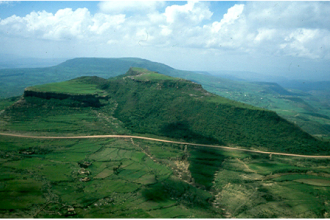The Economic Value of Natural Features in Kgalagadi Transfrontier Park
Visitors to Kgalagadi Transfrontier Park, located between Botswana and South Africa, are concerned about the kind of activities that take place within the park. This is not surprising, given the highly fragile Kgalagadi ecosystem. In our study, visitors assigned a monetary amount to the value they derive from pristine tourism opportunities. If this monetary value is greater than the amount that local communities assign to their livelihood activities in the park, then one group can compensate the other.


